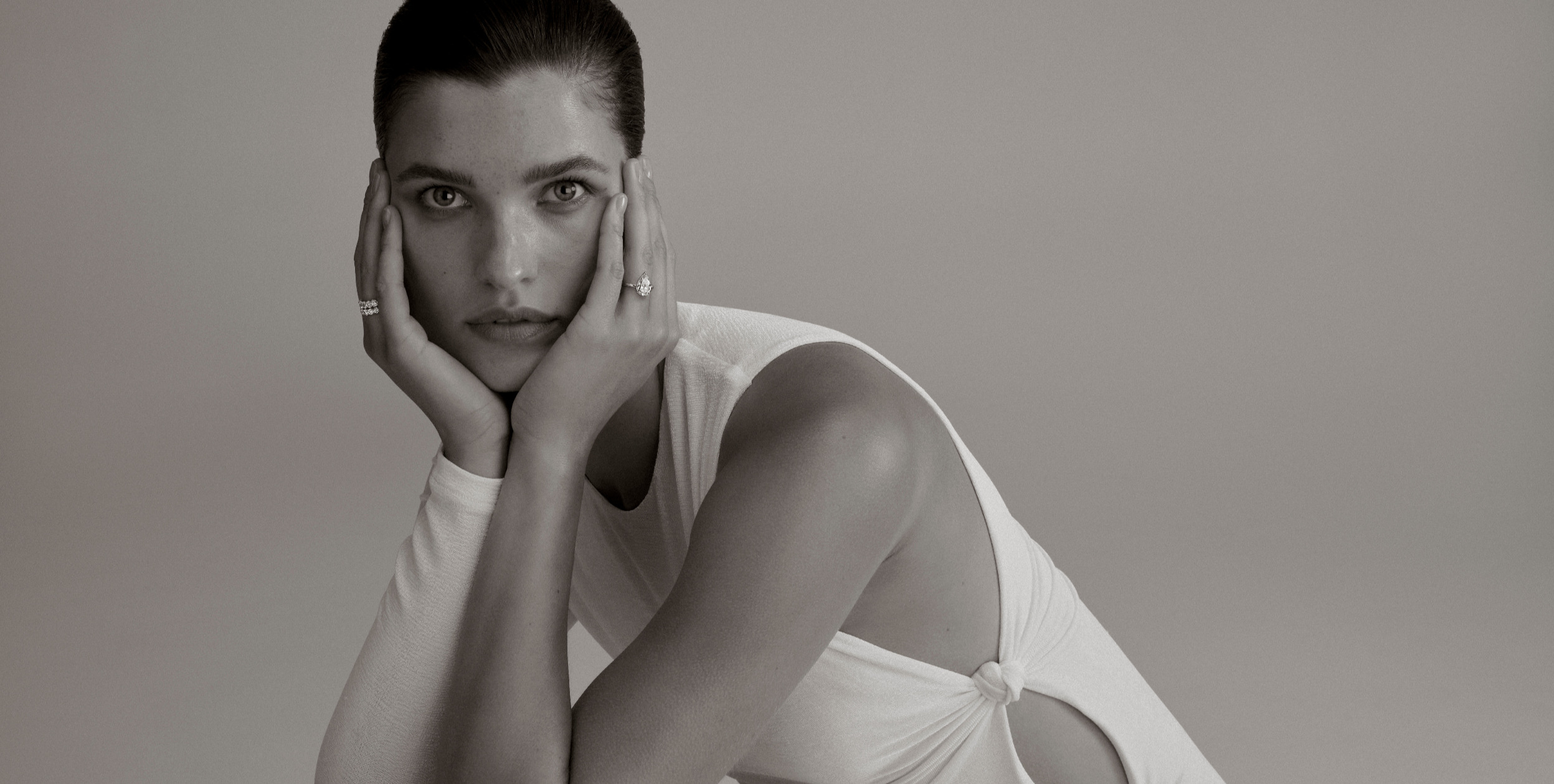
Learn About Diamonds
At TenSevenSeven, your bespoke engagement ring journey begins with your perfect diamond. Each and every diamond, whether natural or laboratory-grown, is unique.
With their own individual blend of colour, inclusions, and beautiful imperfections, no two diamonds are exactly the same; meaning that when you choose the diamond for your bespoke engagement ring, it becomes inimitably yours.
What determines a diamond’s quality?
A diamond’s quality and rarity are determined based on several characteristics, known as the Four Cs of diamonds. The Four Cs are universally recognised criteria against which individual diamonds are graded. The Four Cs are: Cut, Colour, Clarity, and Carat.
Each and every diamond is unique and will have its own blend of colour traces and inclusions that are reflected in its grading.
A diamond’s quality directly affects its value, as stones with the highest colour and clarity grades, and single diamonds in large carat weights, are rare. A diamond that possesses top grades in all four criteria is an exceptionally rare occurrence.
It’s important to note that the perfect diamond for you isn’t necessarily the one a gemmological lab would refer to as ‘flawless’; each diamond has its own inherent beauty, and you can find the one for you with the right balance of qualities and overall look.
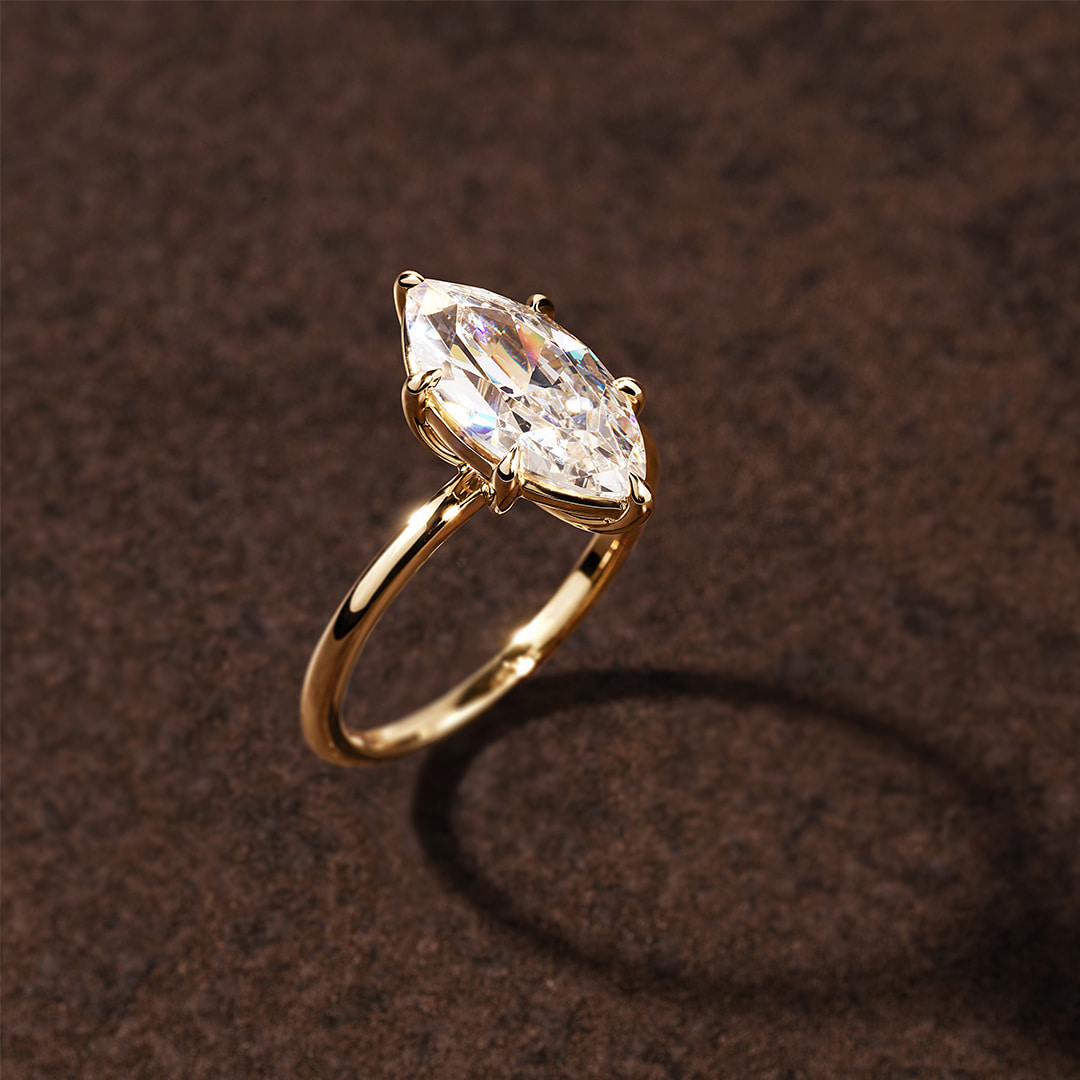
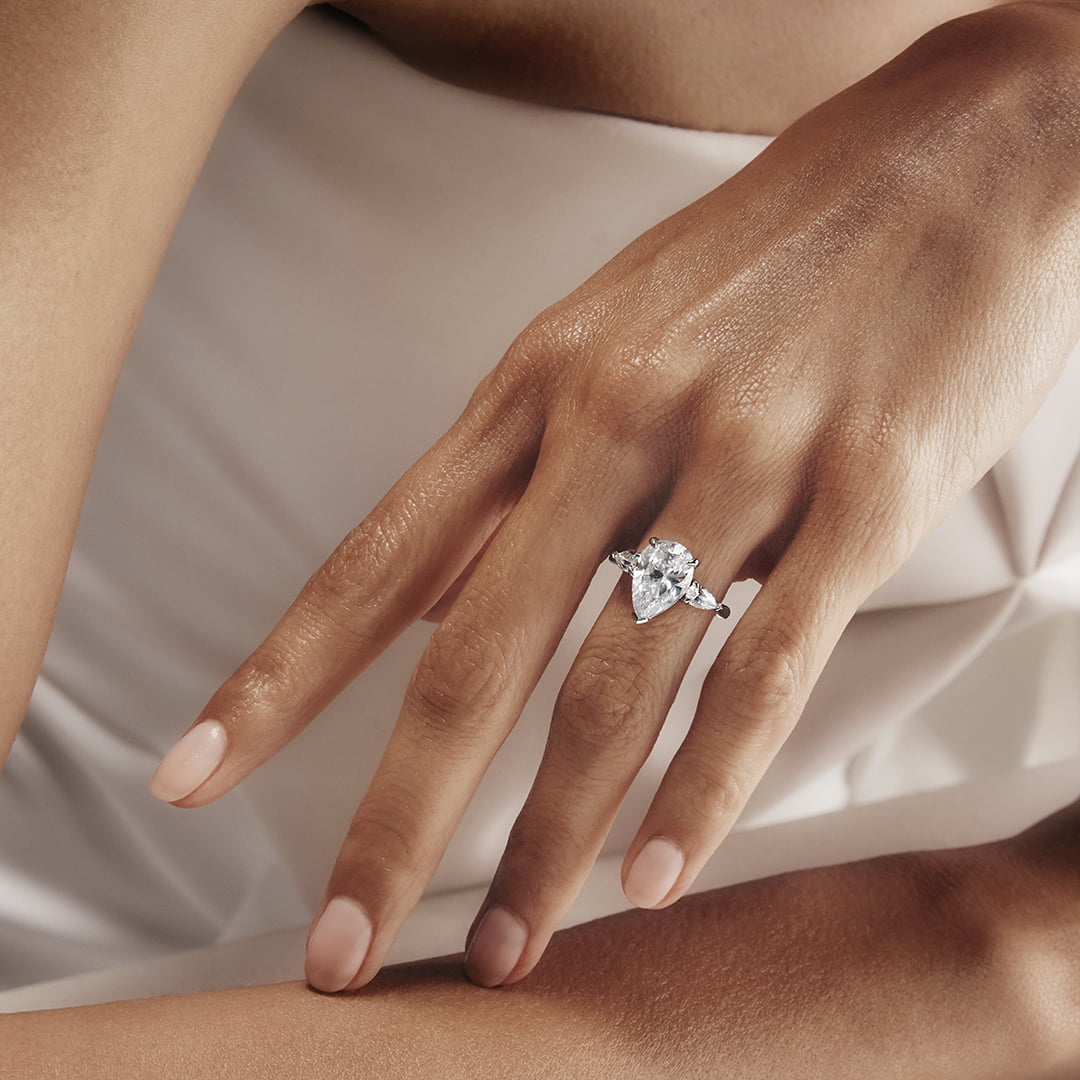
What is a diamond grading report?
A Diamond Grading Report is completed by an independent, third-party gemmological laboratory and details the qualities of your diamond.
This includes the diamond type, its cut, colour and clarity grades, and its carat weight, along with other characteristics that make your diamond unique. You will receive a Report along with your TenSevenSeven ring, which details your chosen centre diamond.
You can also view the details of your unique diamond online, when selecting your perfect stone. With TenSevenSeven, you can choose the actual diamond for your ring from our curated range which is viewable online, and decide on the one based on its detailed characteristics.
The Four Cs Explained
What is Diamond Cut?
Not to be confused with diamond shape, cut quality refers to the proportion, finish, and symmetry of a diamond. Cut is considered the most important of the Four Cs, because it directly impacts how well a diamond reflects light.
Diamonds with Ideal or Excellent cut grades reflect almost all the light that enters them, creating optimal brilliance (white light reflection, or brightness); fire (rainbow bursts of coloured light), and scintillation (moving flashes of light between diamond facets – also known as sparkle).
All TenSevenSeven diamonds are a minimum of Very Good cut. This is the second highest grading after Ideal or Excellent, and offers very good fire and scintillation. It’s important to note that cut grades are only assigned to round diamond shapes.
While round diamonds have specific criteria for evaluation, fancy shaped diamonds (which refers to all shapes other than round) do not receive a cut grade due to the varying factors that make each of them unique.
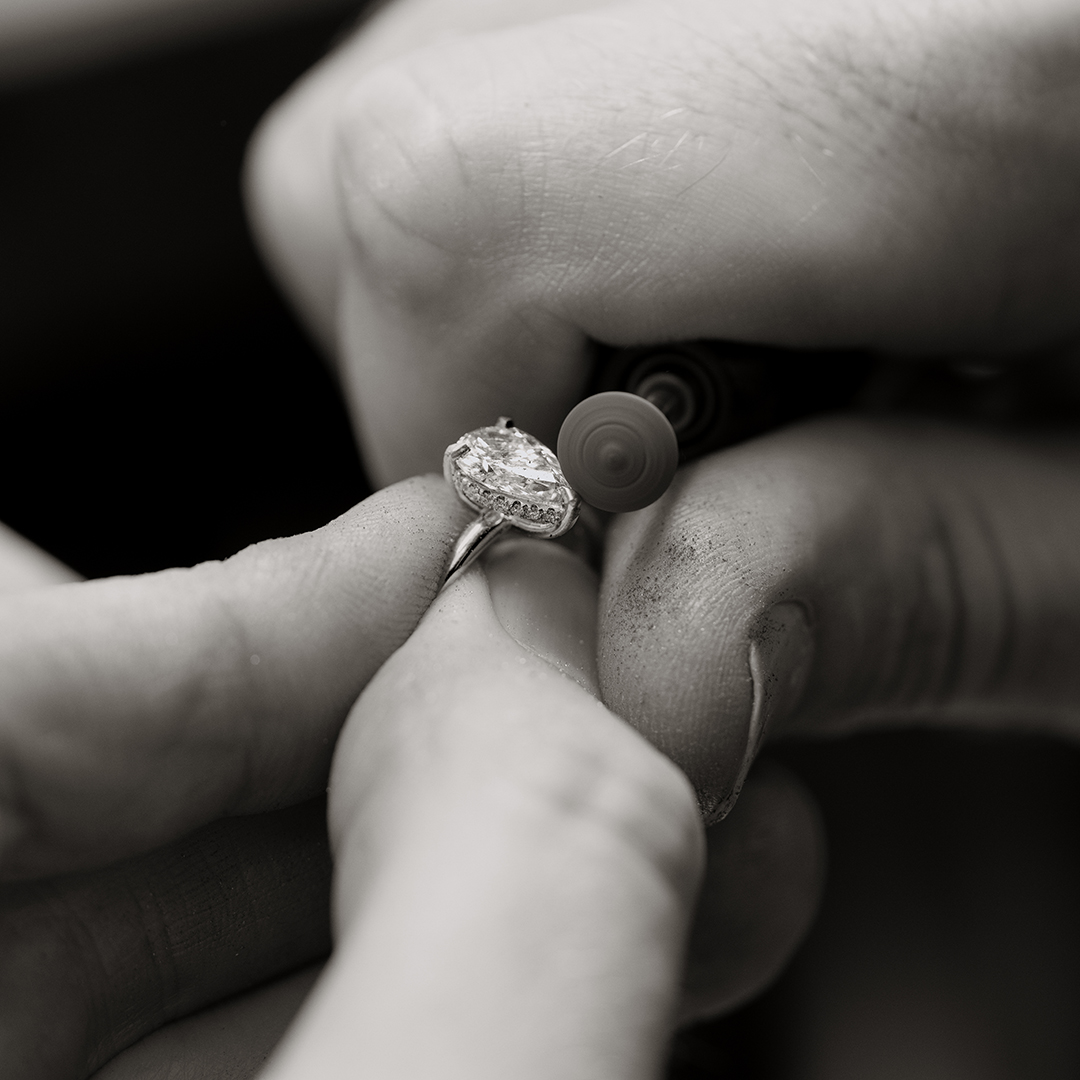
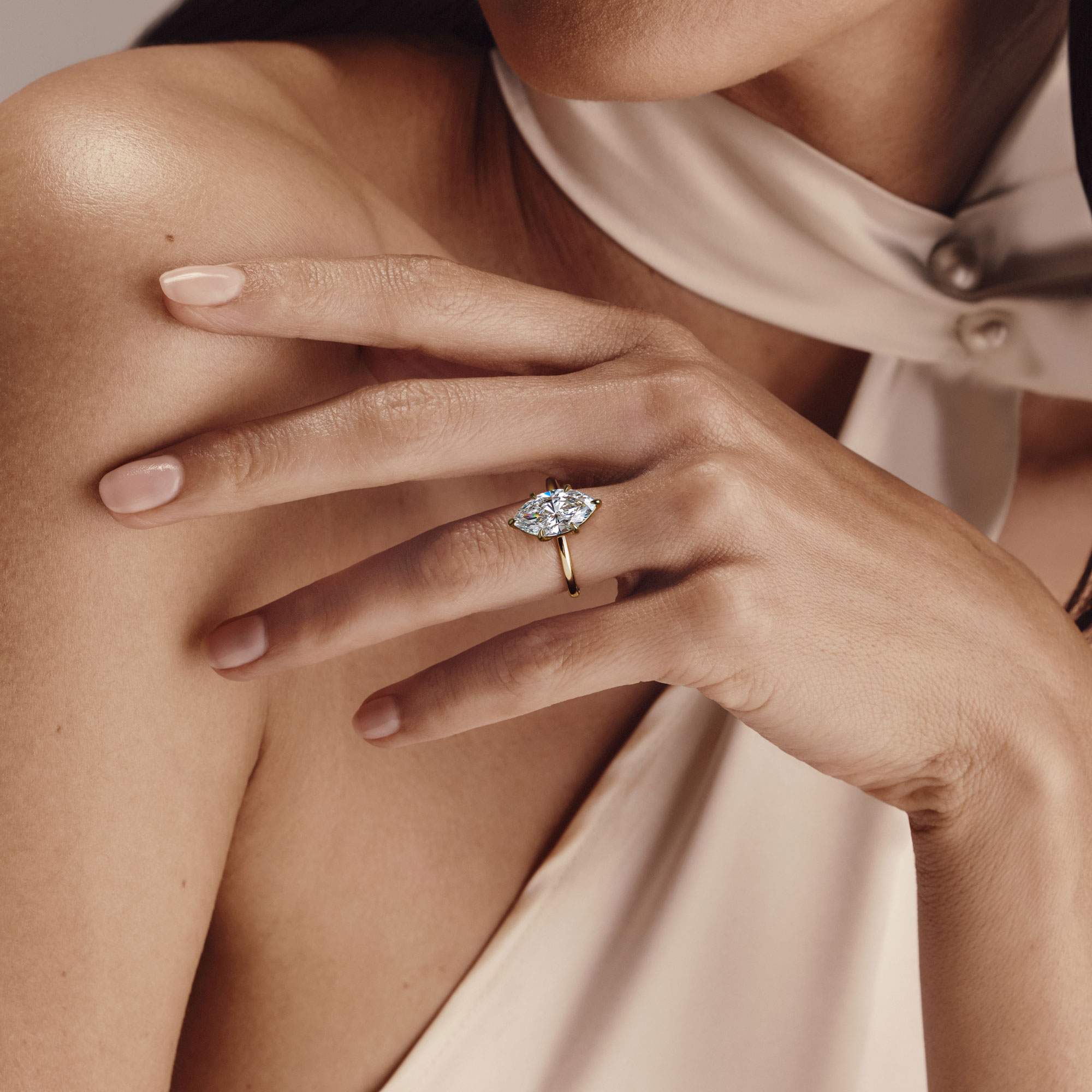
What is Diamond Colour?
White diamonds are graded on a colour scale to indicate how much colour, if any, is present. The internationally recognised colour scale, developed by the GIA, uses a letter system ranging from D to Z; D referring to diamonds that are completely colourless and of the highest value, and grades falling further down the scale having more noticeable traces of yellow or brown hue.
Near-Colourless diamonds may have a slight yellow or brownish tint that is difficult to see with the naked eye. While Colourless diamonds (D, E, and F grades) are rarer and more expensive, Near-Colourless diamonds (G, H, and I grades) are highly regarded and offer an excellent balance of value and quality.
Other factors such as your diamond shape and carat weight can affect how visible any traces of colour are. For instance, larger diamonds or diamond shapes that possess larger and/or less complex faceting can reveal slightly more body colour; however, these traces are generally only noticeable in colour grades of I or below.
Diamond shapes including round, oval, and pear, on the other hand, are known for their ability to hide colour well due to the way their smaller facets reflect and refract light.
All diamonds at TenSevenSeven fall into the Colourless and Near-Colourless grades.
What is Diamond Clarity?
Clarity refers to the presence of inclusions or blemishes within a diamond. These ‘imperfections’ can affect the overall appearance and brilliance of a diamond, but they are also what gives each diamond its unique character.
Clarity is graded on a scale developed by the GIA, from Flawless (no inclusions), to Included (noticeable blemishes). Flawless diamonds are of the utmost rarity and value. Generally, only diamonds that fall within the Included (I) grade have inclusions that are obvious to the naked eye, however some can be visible in stones with an SI2 grade.
Your diamond shape again plays a role in how important its Clarity grade will be. Inclusions are less noticeable within shapes with smaller facets, such as round, whereas diamond shapes with fewer, larger facets such as emerald and asscher can reveal more visible inclusions.
At TenSevenSeven, we only offer diamonds with Clarity grades of SI2 or above.
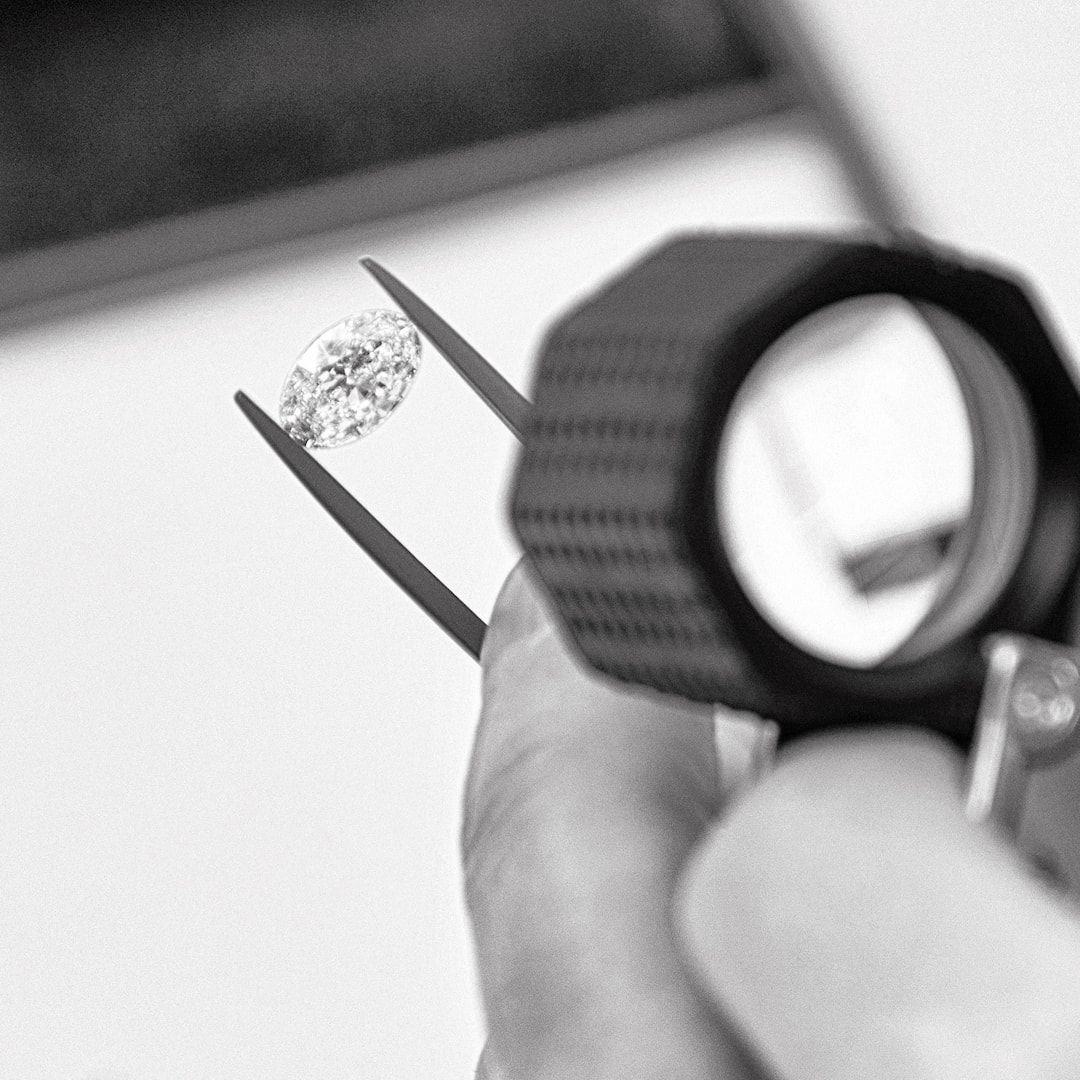
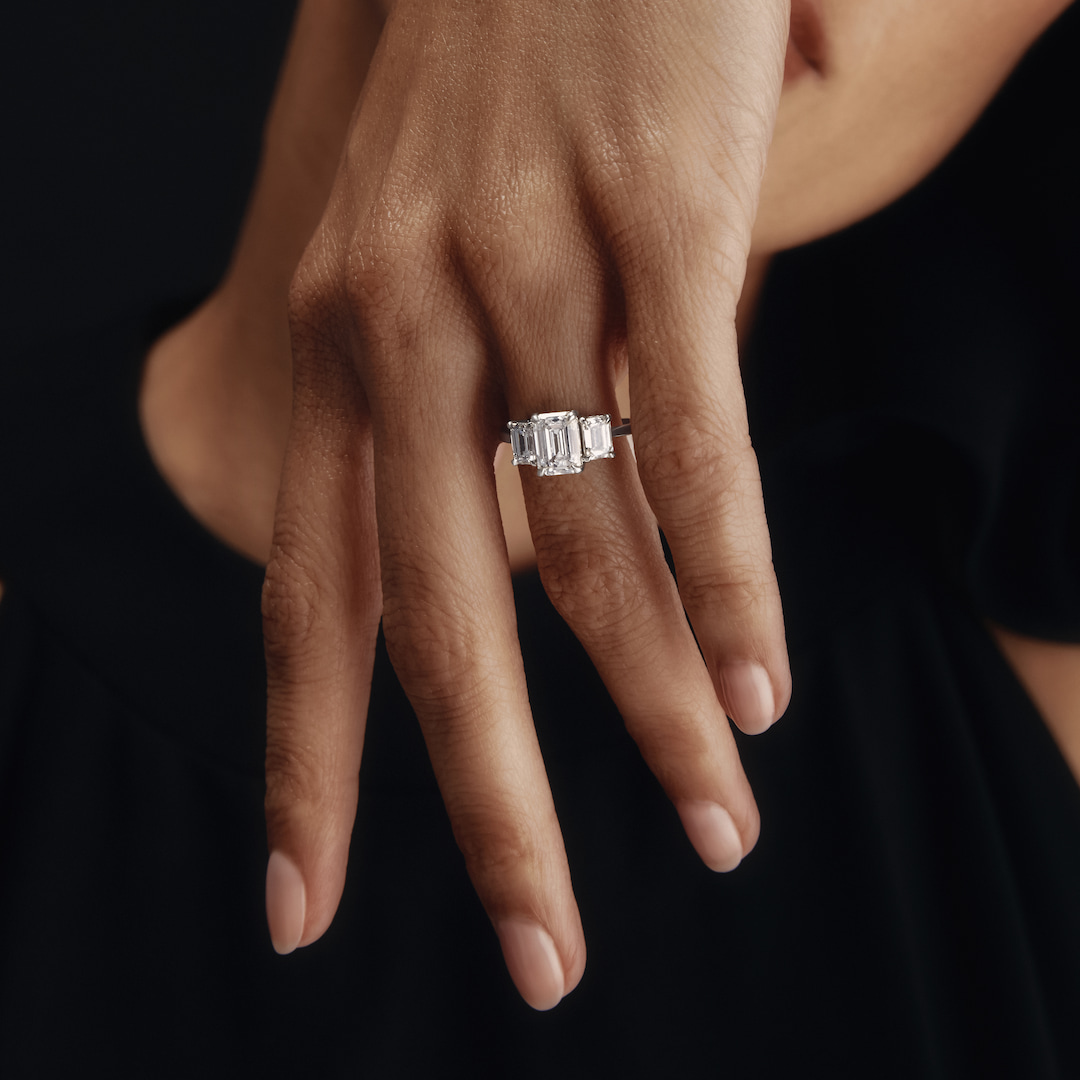
What is Diamond Carat?
Often thought of as a diamond’s size, carat is in fact a unit of weight. One carat is 0.2, or one fifth, of a gram.
Individual diamonds with a high carat weight are generally rarer and more valuable. While carat is often the main criteria that people have in mind for their dream diamond, other factors including cut, colour and clarity can play an even bigger role in determining the diamond’s overall value and beauty. For instance, a well-cut diamond can appear larger than its size, due to reflecting and refracting a greater amount of light.
Choosing a Diamond with the Four Cs
Each diamond is unique, and you can choose which factors are most important to find the perfect stone for you.
Jewellers consider Cut to be the most important of the Four Cs. So, if you opt for a round brilliant diamond, it’s recommended to choose the best cut grade for your budget; this will ensure a premium stone with optimal brightness, fire, and scintillation.
Factors such as Colour and Clarity are more noticeable in diamonds with larger or fewer facets, such as emerald and asscher cuts. If you choose one of these shapes, it’s recommended to opt for a more premium clarity grade, and colour if you can.
At TenSevenSeven, we offer a carefully curated range of natural and laboratory-grown diamonds, which all exhibit premium Colour (D – I grades) and Clarity (minimum S12 grade), as well as cut grades of Very Good or Ideal/ Excellent in all round diamonds.
When it comes to Carat, there are multiple ways you can achieve a bold look with your engagement ring if a large look is important to you.
Choosing a diamond that is just below the half and whole carat weights (for example, 1.90ct) allows you to maximise your value for money. The difference in size will be negligible, but the difference in price will be noticeable.
A multiple-stone ring design, such as a halo, trio, or a ring with a pavé diamond band, will amplify the brilliance of your overall ring, whatever the carat weight of your centre stone. Elongated diamond shapes, such as oval, pear, and marquise cuts, can also appear larger on your finger; while a super fine ring band can make your diamond appear larger in comparison.
You can also stack more of a statement, diamond-forward look by pairing your engagement ring with a diamond wedding band and/ or eternity band.
Whichever diamond you ultimately choose, maintain the beauty of your forever-piece with our guide to caring for your engagement ring.
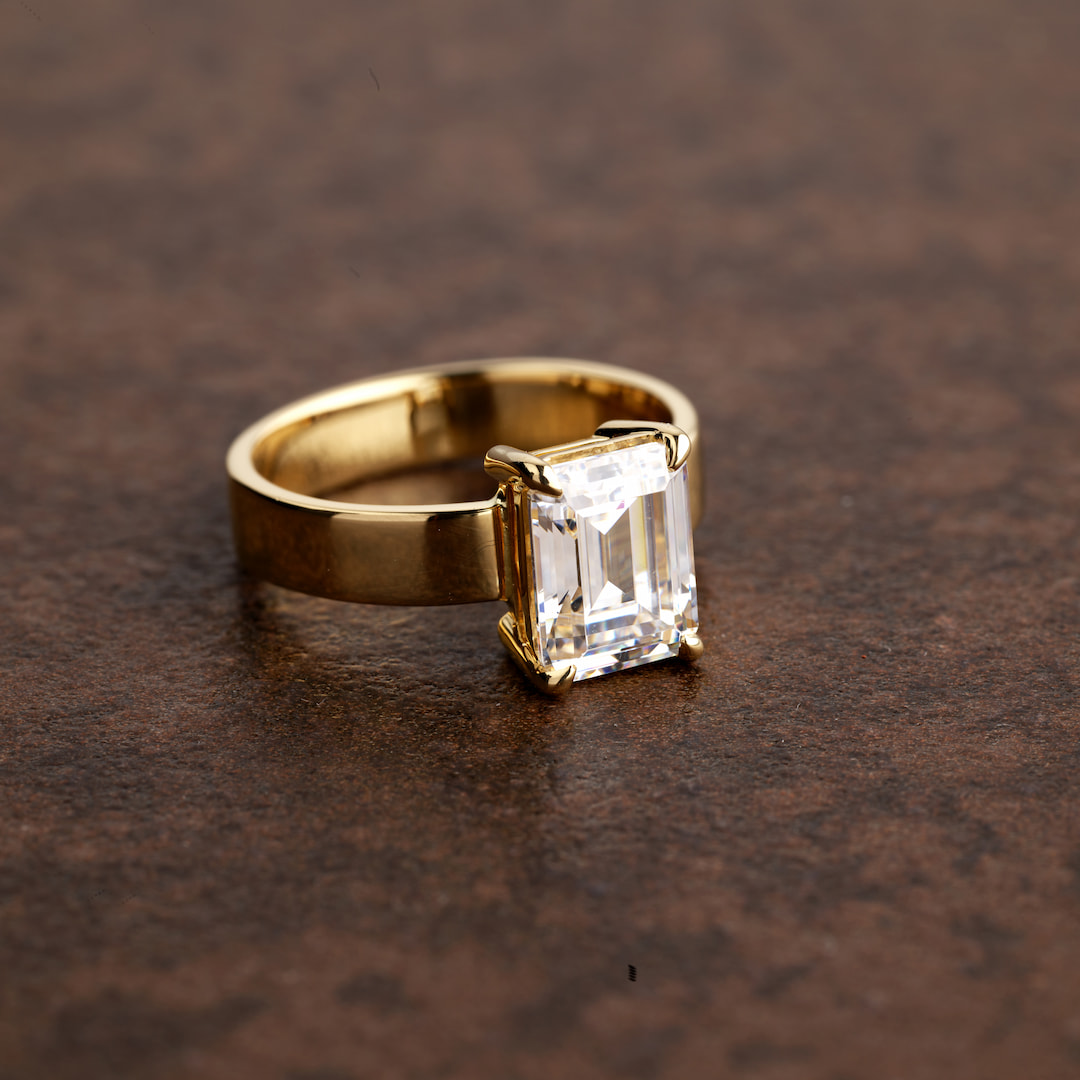
Should I Choose a Natural or Laboratory-Grown Diamond?
Your choice of diamond type for your unique centre stone is completely a matter of personal preference.
At TenSevenSeven, we have curated only the finest natural and laboratory-grown diamonds for you to choose from. As a proud, certified member of the Responsible Jewellery Council, our natural diamonds are responsibly sourced and conflict-free. Our laboratory-grown diamonds are all certified sustainable and climate neutral; you can learn more about our approach to considered beauty here.
Choosing a laboratory-grown diamond may allow you to secure a larger carat weight or more premium colour and clarity grade for your budget. Please note, all side stones in our TenSevenSeven ring settings – including halos, trio setting side stones, and pavé diamonds – are responsibly sourced natural diamonds.
Ready to design your bespoke engagement ring? View our curated edit of diamonds and precious metals, and design the ring that’s authentically yours.
Frequently Asked Questions
What are diamonds made of?
Is a diamond considered a crystal or a gemstone?
Are diamonds found in nature?
How do I choose the highest quality diamond?
